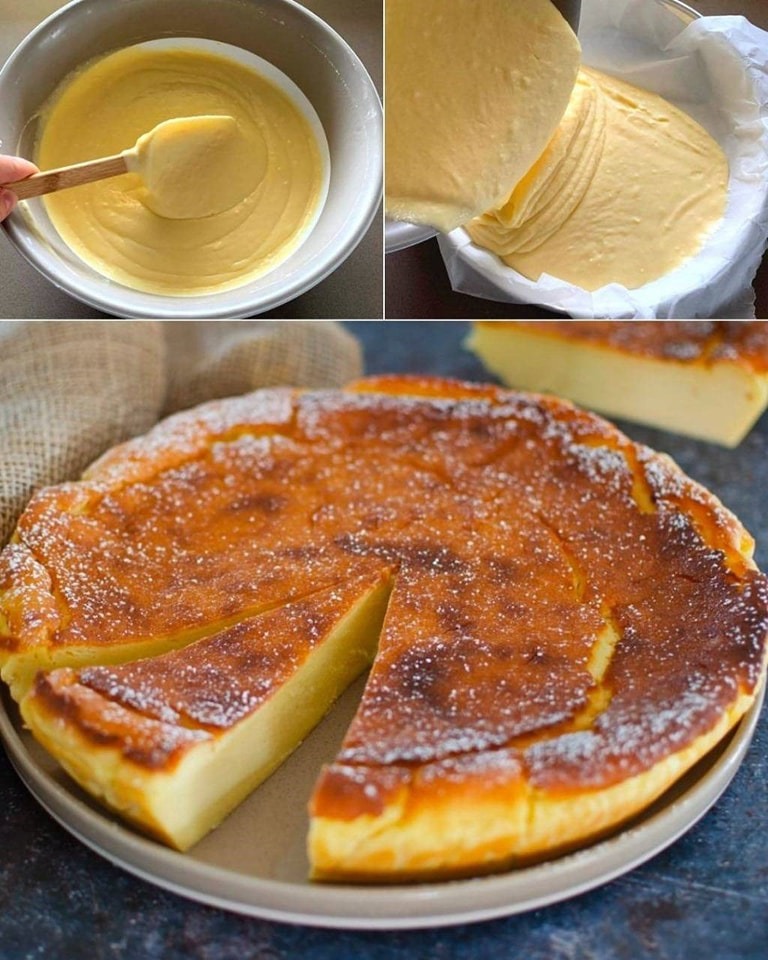Migliaccio: A Recipe for a Delicious Italian Dessert Made with Traditional Semolina and Ricotta Dough
Migliaccio is a semolina and ricotta dough typical of Neapolitan cuisine and the Campania region of Italy. Neapolitan migliaccio, with ancient roots linked to peasant tradition, is a classic recipe served during Carnival (Carnival), which includes Mardi Gras. This holiday precedes a month in which Catholics traditionally eat less meat and fatty foods.
The Italian word migliaccio means “custard” in English because it is creamy and moist on the inside, but it is actually a sponge cake whose consistency is halfway between an American cheesecake and a thick custard.
Migliaccio is made with a few simple ingredients, such as semolina and ricotta. In addition to the traditional bomboloni and chiacchiere, during Carnival you can taste the Neapolitan migliaccio.
Originally, the basic ingredient was millet (migilo in Italian), a grain from which flour was obtained for the preparation of this specialty, hence the name migliaccio. Millet was mixed with sugar and pig’s blood, but today semolina is used. It is obtained by grinding durum wheat semolina, which is then gently cooked with milk and butter, then mixed with eggs, sugar and ricotta.
The addition of citrus peels will give migliaccio a very delicious, captivating and subtle lemon aroma that will captivate both young and old.
The ingredients used for this dessert are the same as those found in the sfogliatelle spiral filling; for this reason, in some areas of Campania, Neapolitan migliaccio is also known as sfogliata. Medieval agricultural traditions also included the addition of pig’s blood, a custom that has since disappeared.
So let’s find out how to make Neapolitan migliaccio step by step using our recipe.
Continued on page

